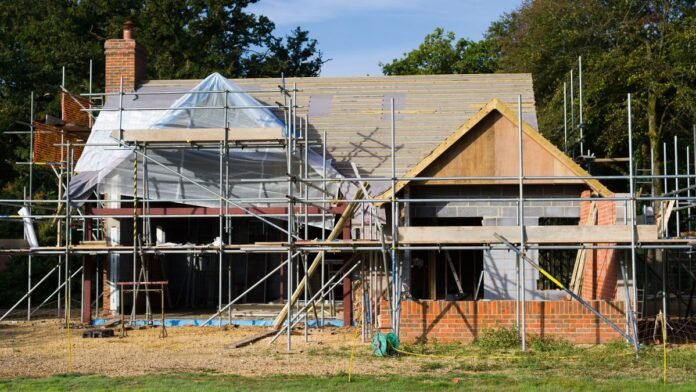So how much does it cost to build a house? As you might imagine, it’s a big question that’s not easy to give a direct answer to. However, it’s the first hurdle you’ll need to make it over to decide if building a house is right for you.
The truth is, a self build can cost almost anything, with houses built for just a couple of hundred thousand to houses in the millions. The variables that will affect the overall cost of building your own home is long, however, with the right guiding hand, you can break down this overall cost into smaller sections and start to decide where to spend your money.
However, building your own home has the potential to pay dividends. A well-considered homebuilding project could potentially net you a profit of 25-30% when (or if) you come to sell.
Yet, building a home in 2024 comes with its own considerations. The fallout from the COVID-19 pandemic and inflating costs of labour and materials will all play a part in what you can achieve with your funds.
Use this guide to the costs involved in building a house, alongside our build cost calculator to a get an idea of how much you dream build will cost, so that you can start to plan your budget.
How much should I spend on building a house?
The real answer to ‘how much does it cost to build a house?’ really depends on how much you have got to spend. Self build can be such a personalised experience that there is likely an option available for you no matter the budget (within reason).
Determining how much you have to spend is a case of looking at the following:
- your savings
- equity from the sale of your current home
- funds available via a self build mortgage if required
The first expense, before you even start to build your home is the plot (unless you already own one), the cost of which will depend on where you want to live. You’ll need to factor in the costs related to purchasing the land, alongside legal fees and stamp duty. You can visit hmrc.gov.uk for the latest SDLT rates.
Once you’ve worked out this cost, subtract it from your savings, equity and mortgage and you’ll be left with your build budget. However, we suggest setting 10-15% aside as your contingency fund straight away. This can be used to cover any unforeseen circumstances that might arise, or to pay fees such as the architect, which are based on the overall build cost and tend to be between 7 and 15%.
How much does a self build plot cost?
You can get a good idea of plot prices by visiting plotfinder.net — the UK’s largest database of small development sites. While this will give you an outline figure for different kinds of plots in different areas, there are plenty of other ideas around for how to find a plot for your build which may be more affordable.
Another idea for how to value a building plot is to reverse engineer it from the value of the build potential. According to expert self-builder David Snell, the cost of a self build should adhere to a ‘third, third, third’ principle, with the plot cost, building cost and profit to be made making up the final home value. This gives you a pretty easy formula to look at the value of other homes on similarly sized plots of land in the area, are work backwards to your plot cost.
Bear in mind that the conditions of your plot may add to the overall costs to build a house. Did you know, for example, that in the UK for every 1° gradient that your plot of land slopes, you can expect to add £1,000 to the cost? You can see a breakdown of these costs in our guide on how to build on a sloping site.
Whether or not your plot is connected to services will also be a huge determining factor on expense, and don’t overlook Covenants, Easements and Wayleaves, which can be costly to check and remove.
How should I divide my budget?
The two largest slices of the pie, as demonstrated in this pie chart, are the cost of your build’s superstructure and foundations and floor structure. The superstructure includes the walling, external cladding and roofing, and will typically account for 25-30% of the overall budget. The cost of the superstructure will vary depending on the size and construction system used.
Aside from these two expenses, the rest of your build tends to account for between 5-10% of the total cost. The trick with balancing your budget is to understand that some individual elements can be reduced in price later down the line if earlier elements go over the initial budget.

What about the construction materials shortage?
VISIT THE HOMEBUILDING & RENOVATING SHOW
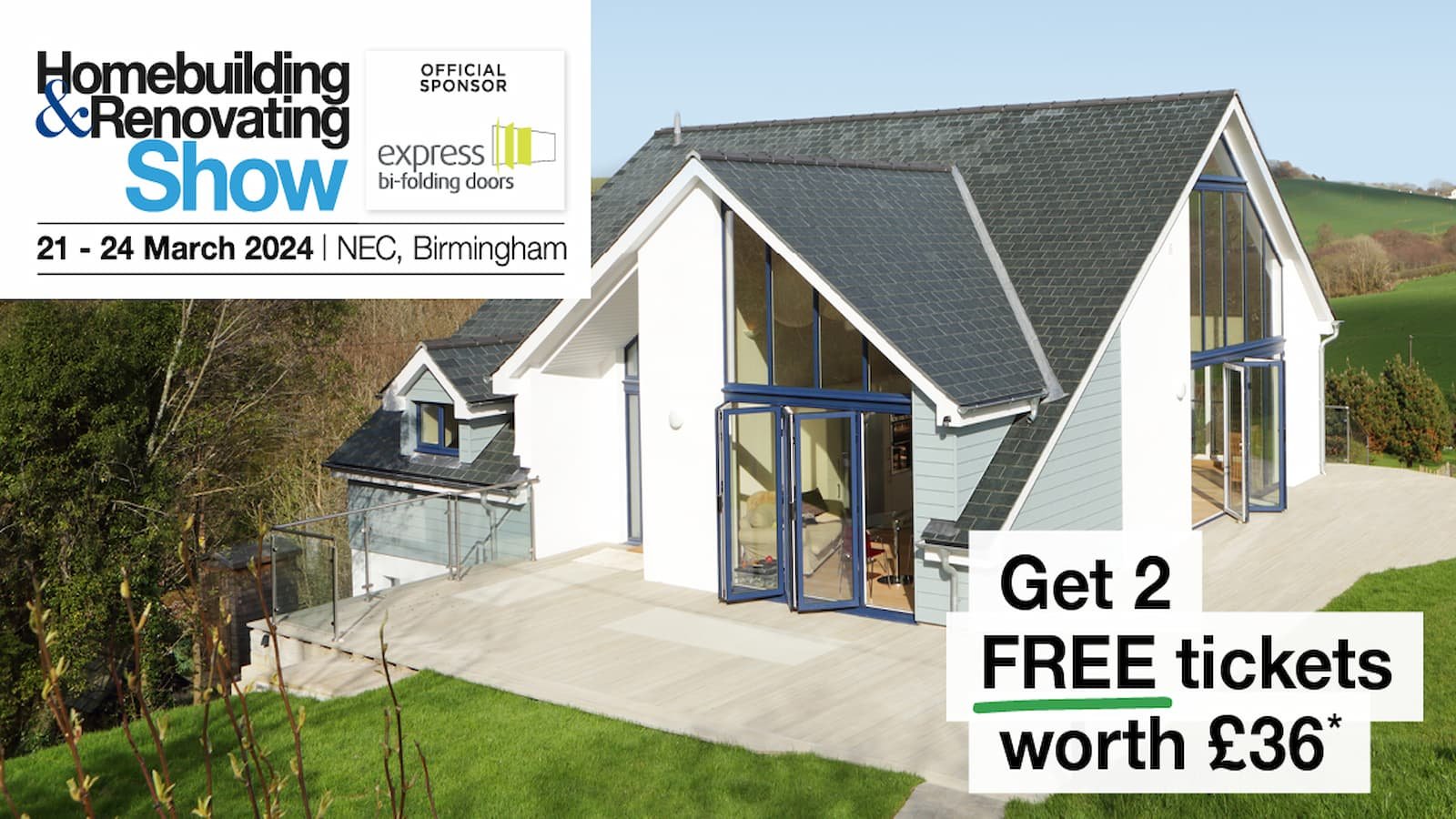
Need more advice or inspiration for your project? Get two free tickets to the Homebuilding & Renovating Show.
In 2021, the cost of construction materials soared as a huge spike in demand coincided with supply chain issues caused by Brexit and the COVID-19 pandemic.
Figures showed that building material costs had increased around 23% year on year in August, a staggering figure that could wreak havoc across a larger build project. Unfortunately for self builders, timber and steel were in particular in short supply, leading to cost rises of as much as 74%.
In September, a market intelligence report from Turner & Townsend found that by the end of 2021, tenders are likely to have increased by 10% from the same time last year.
The construction materials shortage isn’t completely finished, but signs are promising that supply is keeping up with demand, especially in areas like timber and plasterboard. However, rising inflation and energy costs may still be contributing to higher than average prices on building materials, which need to be kept in mind when building a house in 2024.
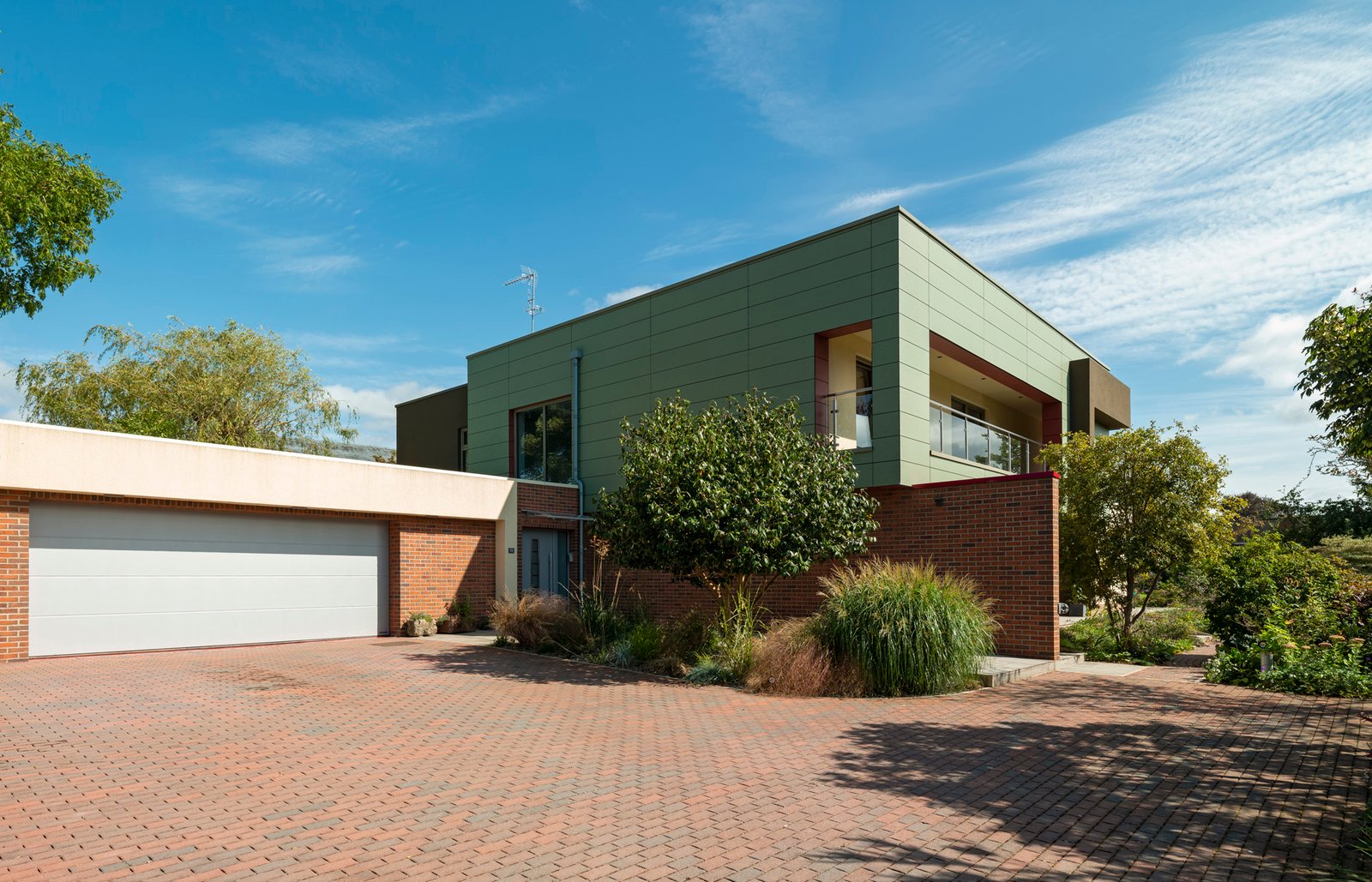
How much do different construction systems cost?
The cost of the load bearing structure of a self build depends on the system used, and this should be a factor in how to choose a construction system. However, it’s important to consider that while some systems may cost more than others, you also need to take into account the speed of build, and any savings a particular system might incur further down the build.
For example (based on an average build cost of £312,000):
- Using concrete blockwork for the external walls and ground floor partitions, with timber partitions on the first floor, the structural walls will represent approximately 13-15% of the overall build cost — an average of £40,500-£47,000
- Switching to a timber frame construction method with 140mm studs width won’t affect the cost hugely. As an example, this may cost as little as 10% more than using blockwork, but the overall impact on the cost of the house is only 10% of 15% — around 1.5% — which could equate to only £4,500 in total
- Building with oak frame is more expensive, possibly as much as 40-50% more than concrete blockwork. This will add 6-7% to the overall construction costs — an average of £19,000-£22,000
- Other modern methods of construction such as structural insulated panels (SIPs) and insulated concrete formwork (ICF), will be between 5% and 20% more expensive than blockwork. That adds 1–3% (or £3,000-£9,000) to overall construction costs, but brings benefits in terms of faster build speed and superior levels of airtightness, without the need for applying insulation later in the build
How much do service connections cost?
If your plot is not connected to mains services, allow £15,000-£25,000 for connection to water, sewers, bringing electricity to site, telephone and gas. If the site does not have access to mains gas, you will need to budget an extra £7,500–£12,500 — more for renewables or opt for an oil fired boiler. An oil fired boiler will require a tank on a concrete base, for which need to budget £2,500.
If there is no mains sewer, you will need to budget for an off-mains alternative (in place of a mains drainage connection, for which you can deduct £2,500).
As a budget figure, allow £2,500–£3,500 for a small family and £3,500-£5,500 for a larger household. For installation costs allow £9,000-13,000.
If the site is a replacement dwelling, you may save the cost of some or all service connections, but will need to set aside a similar sum for demolition and site clearance.
How much do the foundations cost?
While the foundation costs per m² are likely to be the same, no matter the overall size and spec of what you’re building, the soil type will dictate the foundation system for your site, which can vary and add expense to your build.
It’s something that is hard to predict until you break ground, and also generally out of your control. You don’t get to make the decision on the type of foundation you use, rather a local authority surveyor from Building Control or licenced inspector will make the call on the foundation system required,
They may suggest engineered solutions including rafts, piles and reinforced ringbeams or a reinforced slab. At a worse case scenario, this could add as much as £10,000 to your foundation cost.
Other variables that may affect your foundation costs include:
- Proximity of your site to the nearest ready-mix concrete plant
- Proximity of the nearest tip for removing spoil (known as muck away)
- The gradient of the ground you’re building on
Foundations for difficult sites, such as sloping sites, plots with ‘bad earth’ and those with nearby trees will undoubtedly cost more.
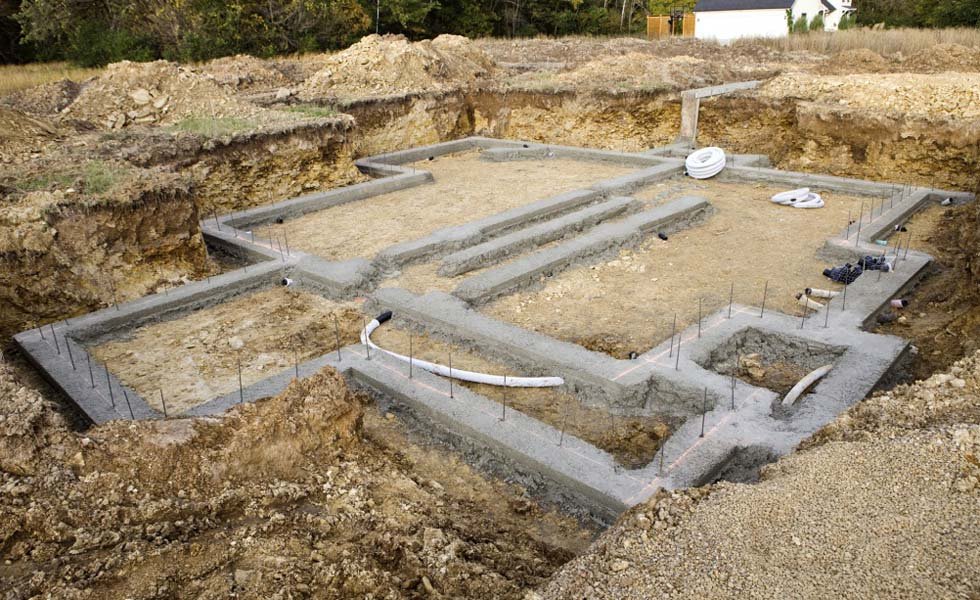
How much does it cost to build a house with brick?
Building with brick will typically cost around 6-7% of the house build, approximately £20,000. However, this cost depends on the type of brick used. This figure is based on stock bricks costing between £550-£650 per 1,000 and bricklaying costs of £1,000 per 1000 bricks (185m2 of brickwork at 60 bricks per square metre plus 10% wastage = 12,000 bricks).
Character bricks, including reclaimed bricks, are more likely to start at around £1,600-£2,100, increasing the cost of this element by up to 100-200%, plus the same again in additional labour time required to lay irregular-shaped bricks. This is especially true if they are laid in a traditional brick pattern such as Flemish bond.
Additional costs can be incurred with detailing, such as brick arches over door and window surrounds.
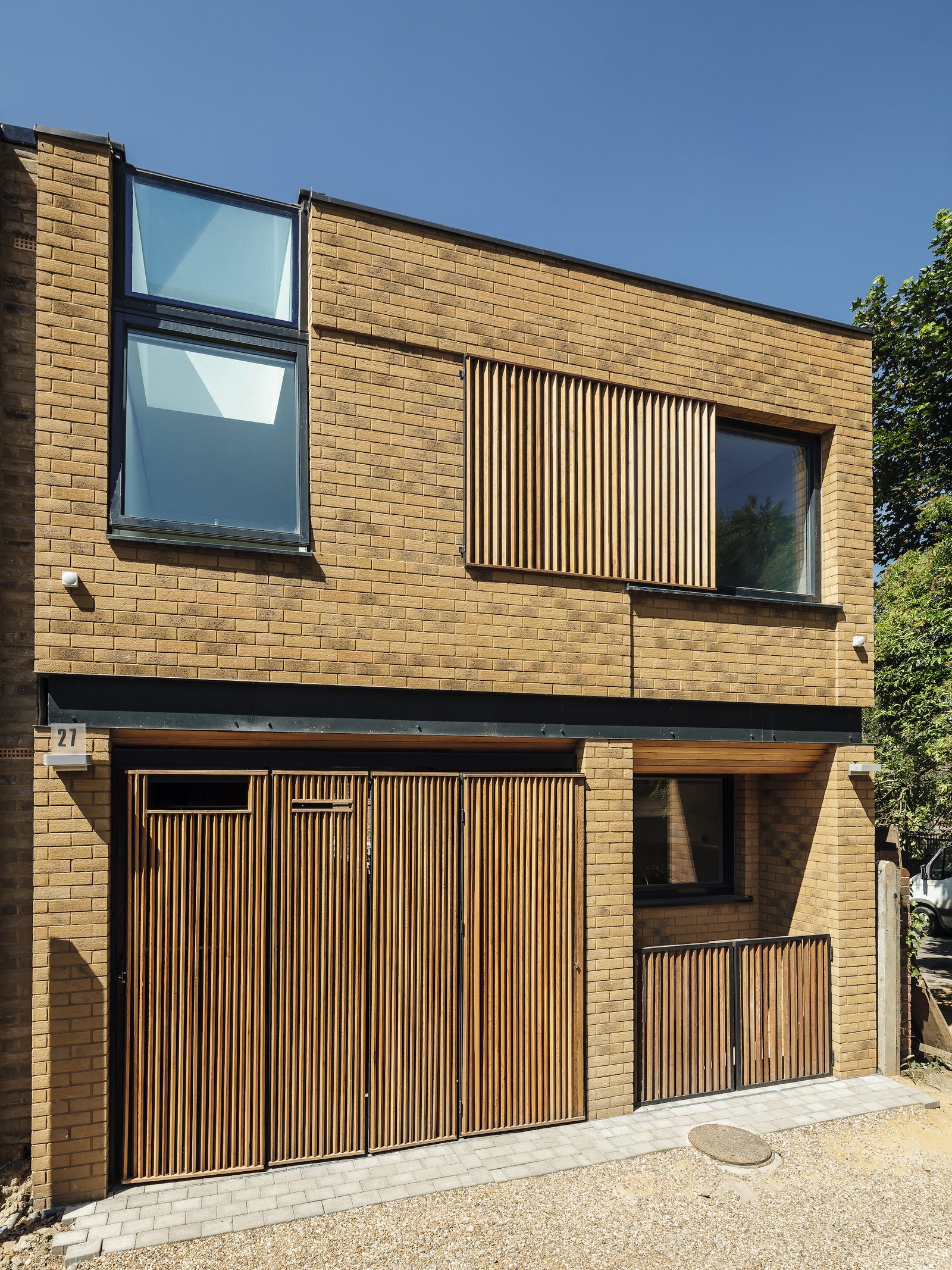
How much does it cost to build a house with natural stone?
Natural stone is a more expensive choice than stock bricks. Using cropped coursed stone blocks to form an independent outer leaf of a cavity wall (with a blockwork or timber frame inner leaf) works out at a very similar cost to handmade brick.
Using reconstituted stone costs much the same for labour, but slightly reduces materials costs.
Building using traditional random stonework is slower and although the materials cost is similar, the labour cost is higher, making it more expensive. The most cost-effective option is using them at a depth of 250mm against full-fill cavity insulation and waterproofed blockwork (if acceptable to Building Control in your area).
Building against a backing block to form a cavity, with an inner leaf of blockwork or timber frame, will add around £20/m².
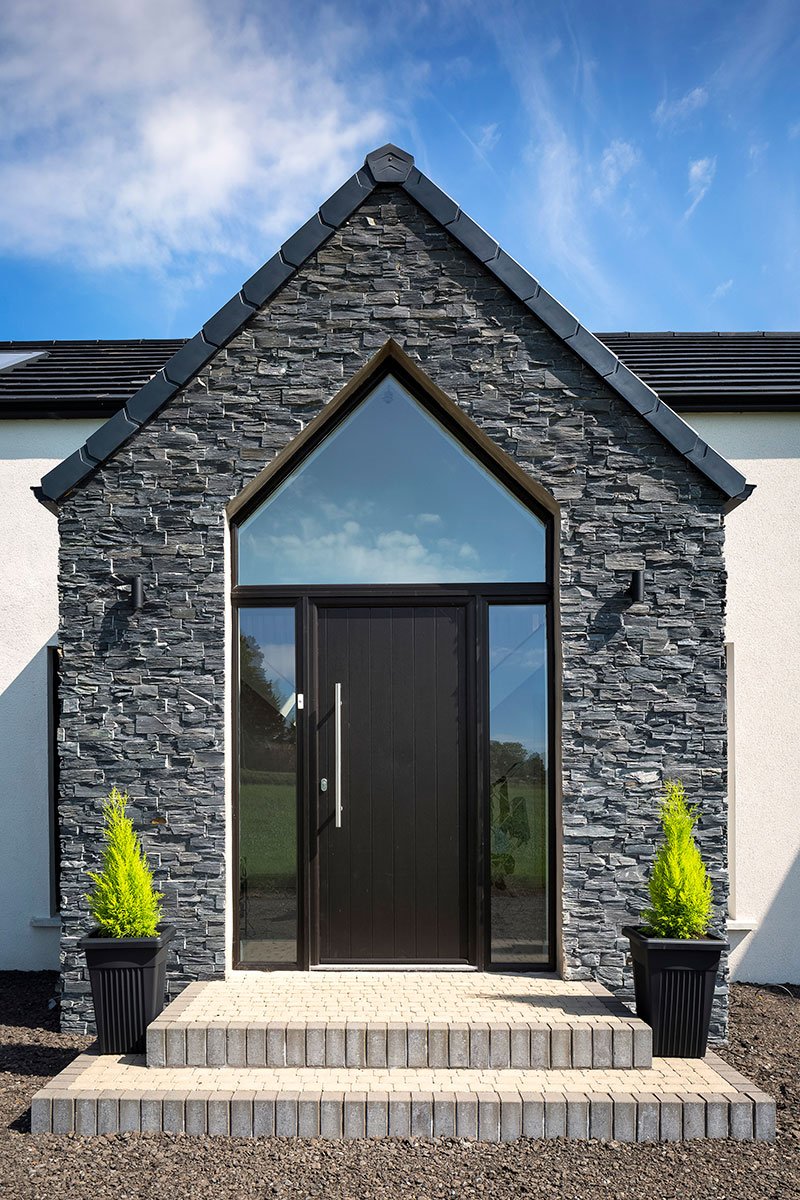
How much does it cost to build a house with a rendered finish?
Sand and cement house rendering on blockwork is one of the cheapest options, especially if it is self-coloured using white cement and local sand, so it does not require painting (which typically costs around £40/m² or £7,400).
Adding lime will make the render more forgiving but will increase the cost to £50/m². Modern polymer renders are more flexible and crack resistant, and also self coloured so do not require painting, but are also more expensive at £65-75/m².
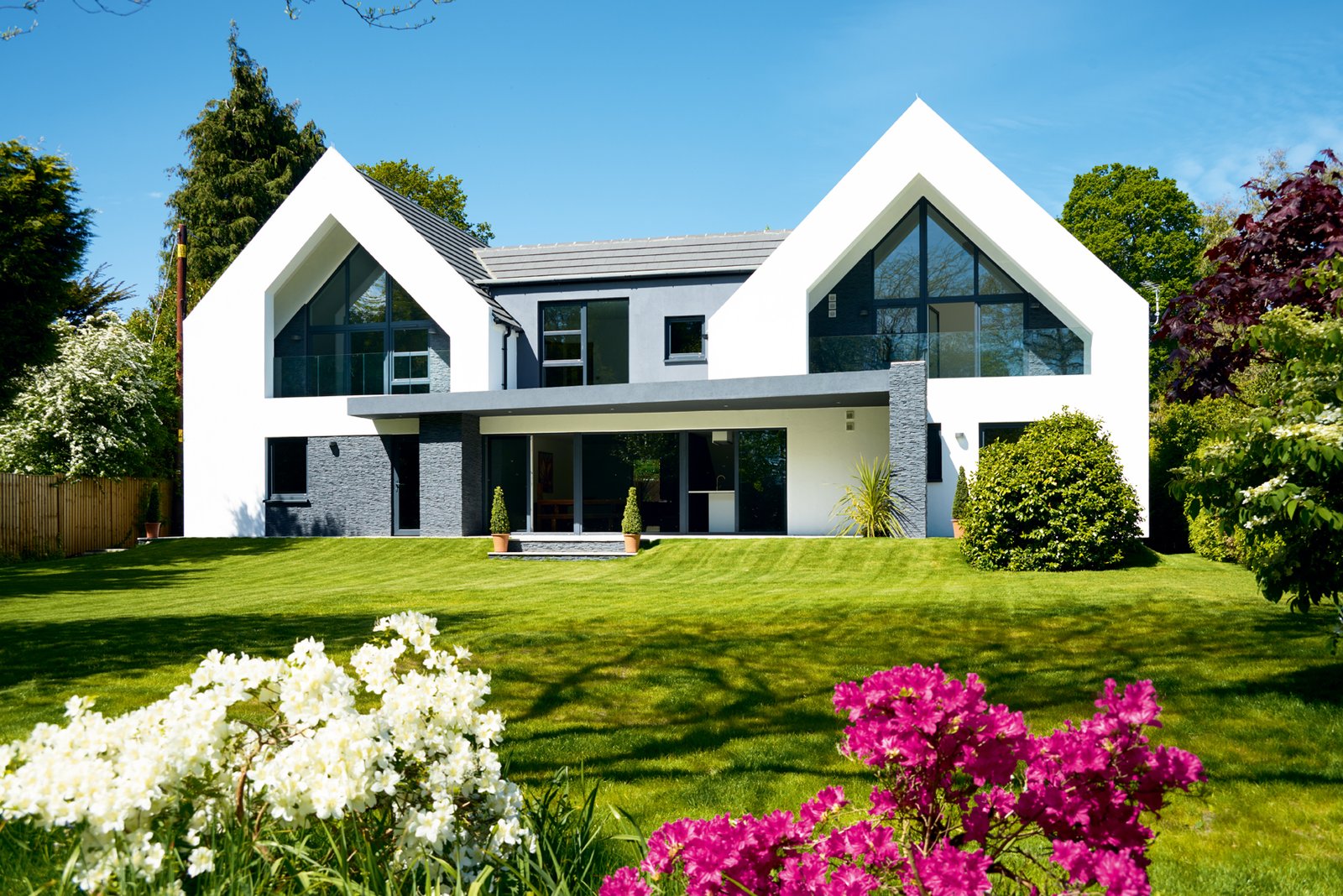
How much does it cost to build a house with cladding?
Painted softwood shiplap can prove a cost-effective choice for cladding a house, especially on a timber frame structure, where no backing block is required.
Dense timbers such as oak, western red cedar and sweet chestnut, and also heat-treated softwood such as larch, are good choices and comparable in cost to using a good-quality brick.
How much does a roof cost?
Roof costs are made up of:
- the structure
- insulation
- felt and battens
- roof covering
- flashings/detailing.
The cheapest option is to build a simple rectangular-format low-pitched roof using manufactured trusses.
The low pitch means the rafter lengths are shorter, using less timber, and the manufactured trusses use a web of thinner timbers, again reducing materials costs.
The more complex the roof structure, the more likely it will have to be cut on site, using more labour and timber than factory-made trusses. This will add to costs and take longer to construct.
It will also require an engineer to check the design and produce calculations for Building Regulations purposes for a fee that would otherwise be covered by the truss manufacturer. More complex roof designs may also require structural steelwork.
It’s also worth noting that the steeper the roof gets, the more expensive the roof will be to construct. As a rule of thumb, increasing the roof pitch by 5% will double the cost of the roof, while increasing it by 10% will triple it.

How much do different roof coverings cost?
When it comes to roof coverings, developers favour large-format, interlocking concrete roof tiles with a coverage as low as 8–10 tiles/m², keeping labour and materials costs down. Most self builders choose more attractive, smaller-format tiles made from natural materials such as clay roof tiles, or slate. Unfortunately, smaller tile formats will increase labour and material costs.
Concrete interlocking tiles, typical of those used by the big housebuilders, will cost from £35-40/m² (labour and materials). Natural slate tiles will cost from £75-85/m². Plain clay tiles will cost £125-135/m². Flat roofing costs range from £45-60/m². If you decide to go for decorative details to the ridges or verges, or to use very irregular handmade tiles, this will add to the cost of labour and materials.
How much does the floor structure cost?
Concrete oversite slab, suspended concrete (beam and block) or suspended timber? All are viable choices for your ground floor structure. Costs for a poured concrete ground floor slab range from £120-170/m² (including 100mm insulation and 65mm screed), so for a 70m² ground floor area the cost would range from £8,400-11,900. A pre-cast beam and block floor will cost around £50 more, so £170-220/m², so £11,900-15,400 for 110m² .
The standard specification for first floors is to use softwood joists covered with flooring grade chipboard; the cost of which is £35–£40/m² (approximately £2,450–2,800).
Using engineered joists such as I-beams or beams with a steel web such as Posi-joist will add to your costs by £3–£4/m² (£330–£440), but the more regular dimensions and improved stability can help avoid squeaky floors.
If you are building a masonry or concrete (ICF) house, you could opt for a concrete first floor structure, using either pre-stressed concrete beams infilled with concrete blocks or large-format concrete floor panels.
This offers superb strength and acoustic separation, and allows you to have masonry first floor walls throughout. This will cost around £125-175/m² including insulation and 65mm screed. Total cost for 110m² first floor would be £8,750–£12,250/m².
How much do the walls and ceilings cost?
There is little cost difference between blockwork and timber frame internal partition walls.
Developers looking to keep down costs work with a standard ceiling height of 2.4m. Changing the ceiling height adjusts the average cost/m² for that storey by approximately 1.6% for each extra 100mm (meaning a 2.7m ceiling height on the ground floor adds £7,500 to the total costs).
Following industry standards allows you to use industry standard sized materials such as plasterboard on your walls.
Costs are similar for both wall finish options (wet plastering walls or dry-lining). For a standard specification assume emulsion paint throughout, with minimal tiling to kitchen and bathrooms at £151m² (overall floor area) so around £21,000.
The good specification includes more tiling in the kitchen and bathrooms and wallpaper in the living room at £191/m² (£26,500). The excellent specification also includes wallpaper to the bedrooms at £222/m² (£31,000).
Ceilings are usually covered with plasterboard and finished with a two-coat skim of fine gypsum plaster and emulsion paint at £61–£65/m² (£8,500-9,000). If you decide to add decorative coving, ceiling roses or other decorative plasterwork, you will need to allow for extra.
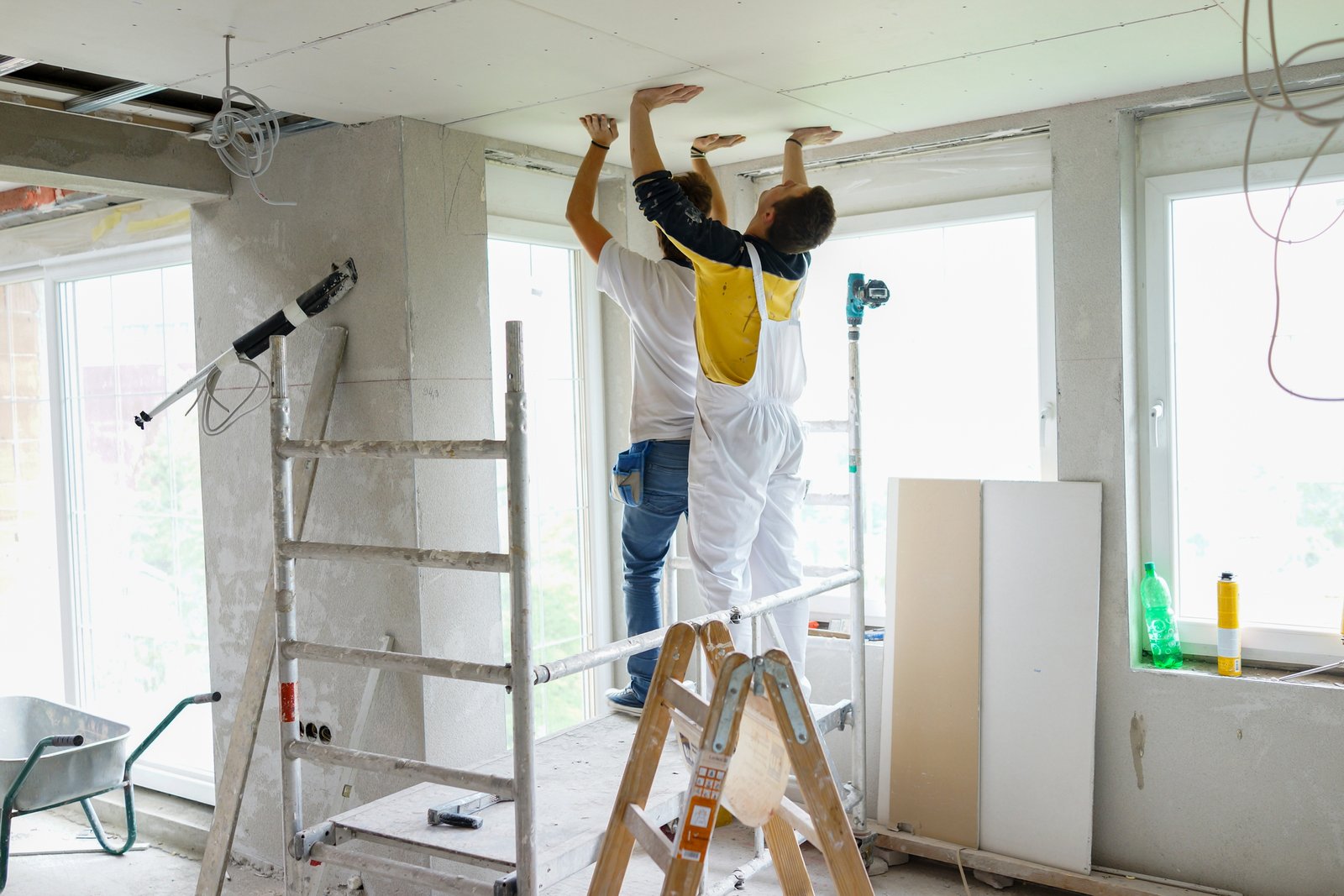
How much does a staircase cost?
Your staircase design is an opportunity to add individuality to a property and to make an architectural statement. If this is your plan, make an additional allowance for this above the staircase allowance included in these build costs.
The standard specification solution is a softwood staircase consisting of two straight flights linked by a half-landing, with a softwood balustrade, painted or stained, at a cost of around £2,500.
The good specification includes a single straight flight in painted softwood at around £3000, while the excellent specification allows for a straight flight in hardwood, with hardwood balustrade at around £4000. Obviously this is removed from your total build cost if you’re building a bungalow.
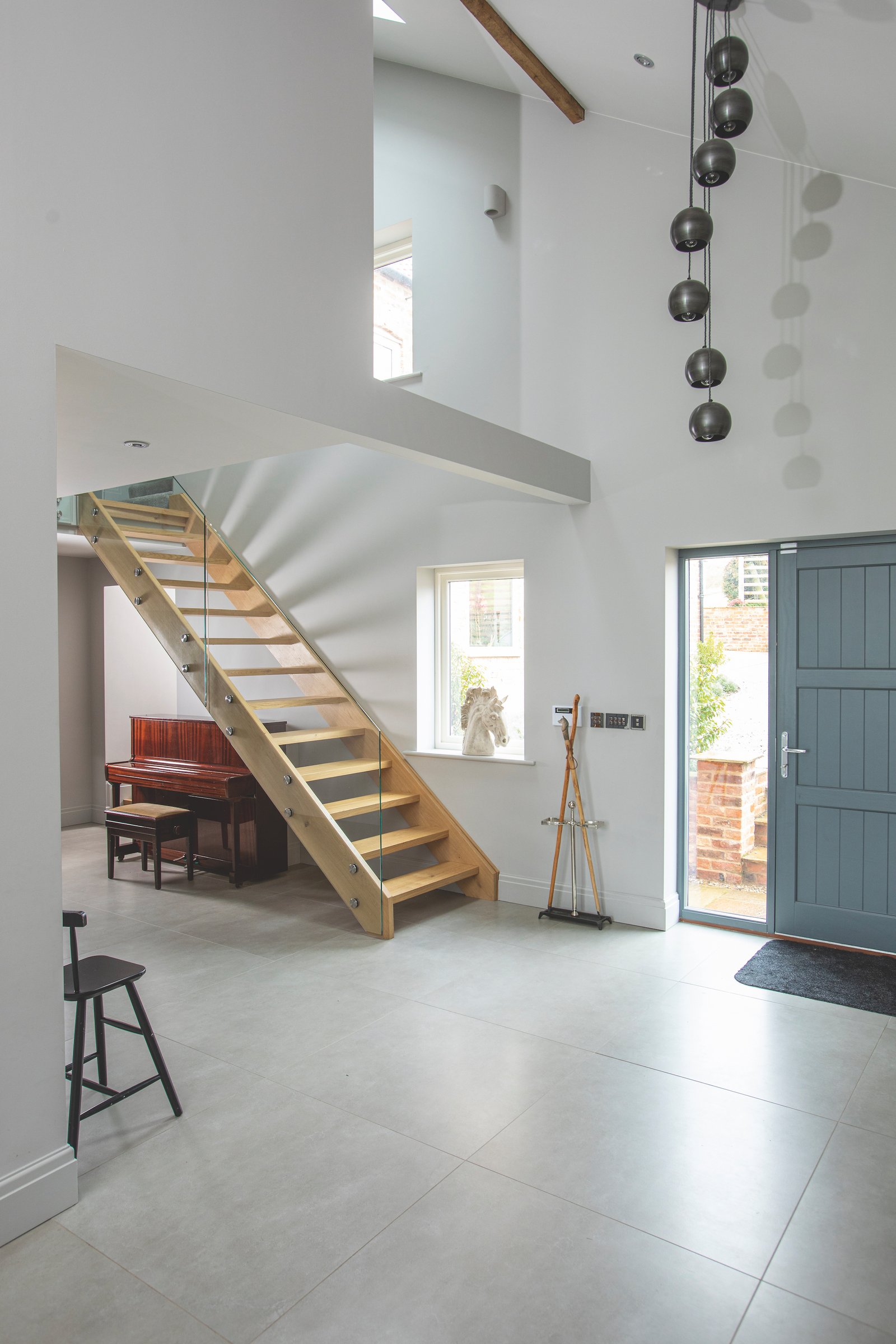
How much does a chimney cost?
Many modern houses do not include a chimney — especially those built by speculative developers, largely because of the cost, which starts at £5,000 for a standard specification. Many modern houses also forgo a traditional open flue chimney in favour of a log burning stove and stainless steel flue, at an installed cost of around £3,650–£4,500.
The standard specification has an allowance of £5,000 for the fireplace and flue; the good specification has an allowance of £6,000, and the excellent £7,500.
How much do windows and doors cost?
External joinery is another feature that self builders place a great deal of value on, and consequently tend to invest in quite heavily.
- The standard specification house has off-the-shelf painted softwood casement windows and external doors, with double-glazed units and factory-fitted aluminium ironmongery at a cost of £130-140/m² (£18,500-19,500)
- The good specification includes high-performance, off-the-shelf painted softwood casement windows and external doors at £180-200/m² (£25,000-28,000)
- The excellent specification includes double-glazed aluminium window frames in hardwood surrounds and a hardwood panelled front door and good-quality ironmongery at £260-280/m² (£36,500–£39,000)
If you want to go for bespoke window styles, get a quote from a joinery supplier and substitute their price for the allowance/m² (joinery allowance for your chosen specification multiplied by your gross internal floor area).
This is another area where many self builders choose to make an upgrade from a standard specification.
- The standard specification includes hardboard-faced hollow-core flush doors in softwood frames, hung and decorated at around £450 per door (£7,500 based on 16 doors) including all ironmongery
- The good specification includes slightly better hollow-core flush doors in softwood frames, hung and decorated at around £500 each (£8,000)
- The excellent specification includes hardwood veneered solid-core doors in softwood frames, hung and decorated with quality ironmongery at around £630 each (£10,000)
If you plan to put in more expensive doors, you will need to account for this in the total build cost.
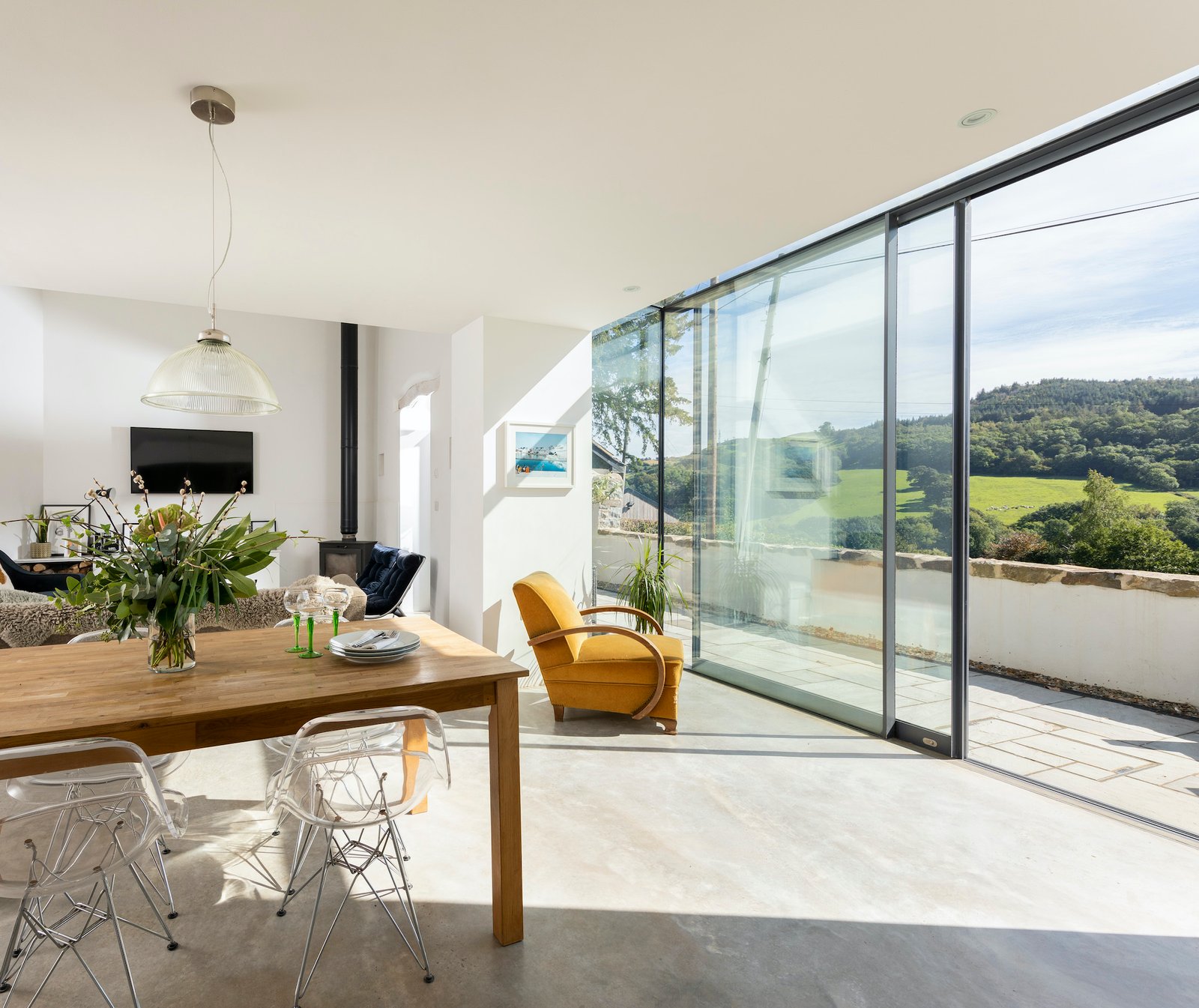
How much does a new kitchen cost?
How much does a new kitchen cost? Well that depends, on the quality and style, ranging from off-the-shelf cheap kitchens to designer bespoke kitchens.
For a new kitchen, you’re looking at prices from £5,750 (budget range, DIY installation) to £45,000 (high end bespoke kitchen, installed). It can be more than that for larger kitchens too.

| Row 0 – Cell 0 | Price starting from |
| Standard | £8,000-£10,000 |
| Good | £15,000-£20,000 |
| Excellent | £25,000-£50,000 |
How much does a new bathroom cost?
Plumbing costs are much the same regardless of the bathroom design you choose, but the cost of sanitary ware and brassware varies enormously. The quality and area of tiling on the floor and walls varies from £25/m² upwards, and then you can add showers and enclosures, heated towel rails, underfloor heating, luxury baths and more.
The costs in the tables below for additional bathrooms, shower room and cloakrooms within a new dwelling (no increase in size) are a good example how the selection of fixtures and fittings.
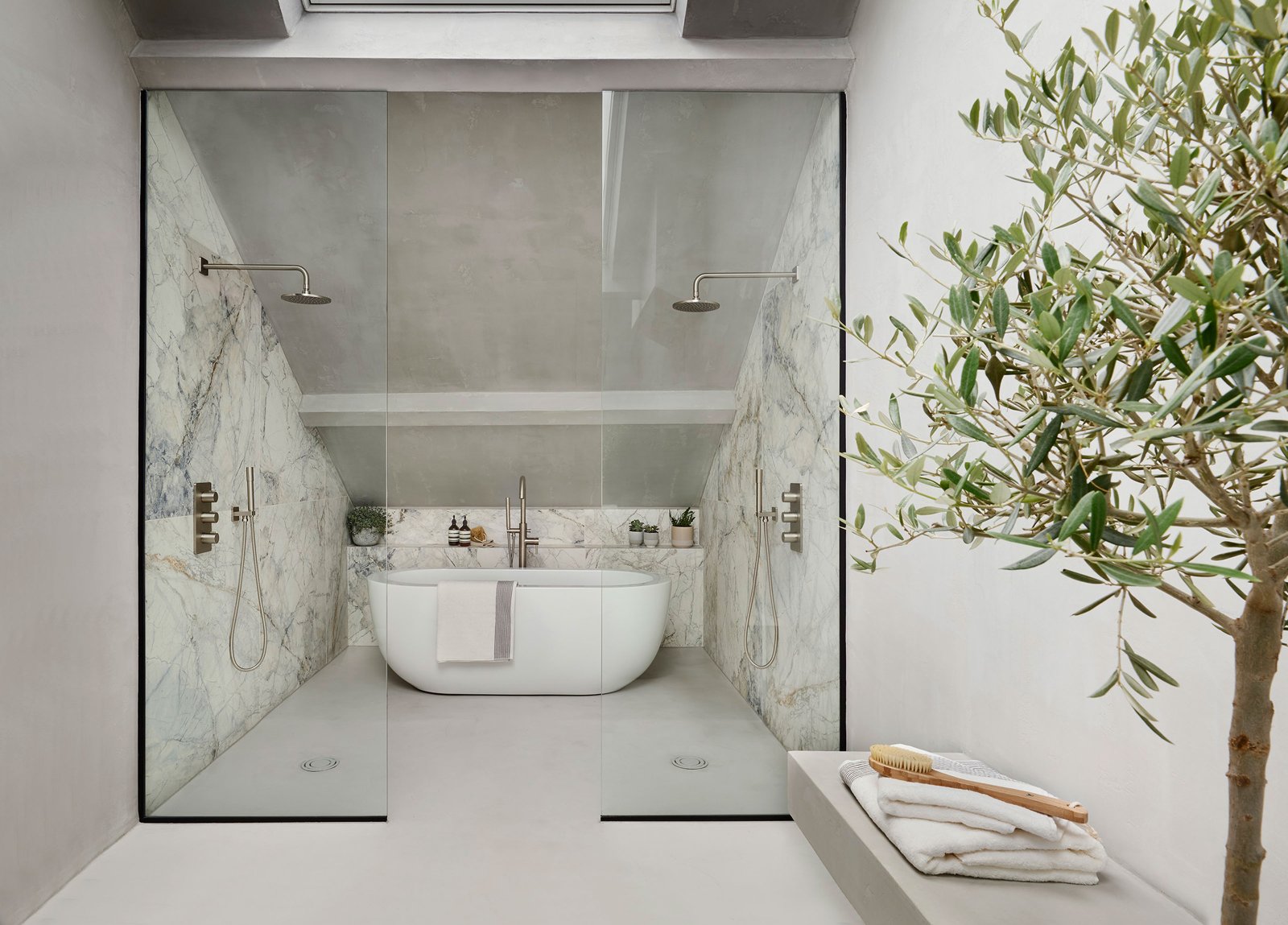
| Bathroom (WC, basin, bath and additional plumbing, doors, walls, windows and finishes) | Shower Room (WC, basin, shower cubicle, doors, walls, windows and finishes) | Cloakroom (WC, basin and additional plumbing, doors, walls, windows and finishes) | |
| Standard | £5,000 | £5,200 | £2,750 |
| Good | £7,000 | £7,250 | £3,500 |
| Excellent | £11,000 | £11,500 | £4,750 |
Working out the cost of fixtures, finishes and utilities
Although the cost of many of the construction elements such as the foundations do not vary based on quality, the cost of external facings, joinery, flooring, fittings — and renewables — can potentially double the cost of building the same house compared to a standard specification.
This section covers:
| Standard | £40/m² | Row 0 – Cell 2 |
| Good | £60/m² | Row 1 – Cell 2 |
| Excellent | £80/m² | Row 2 – Cell 2 |
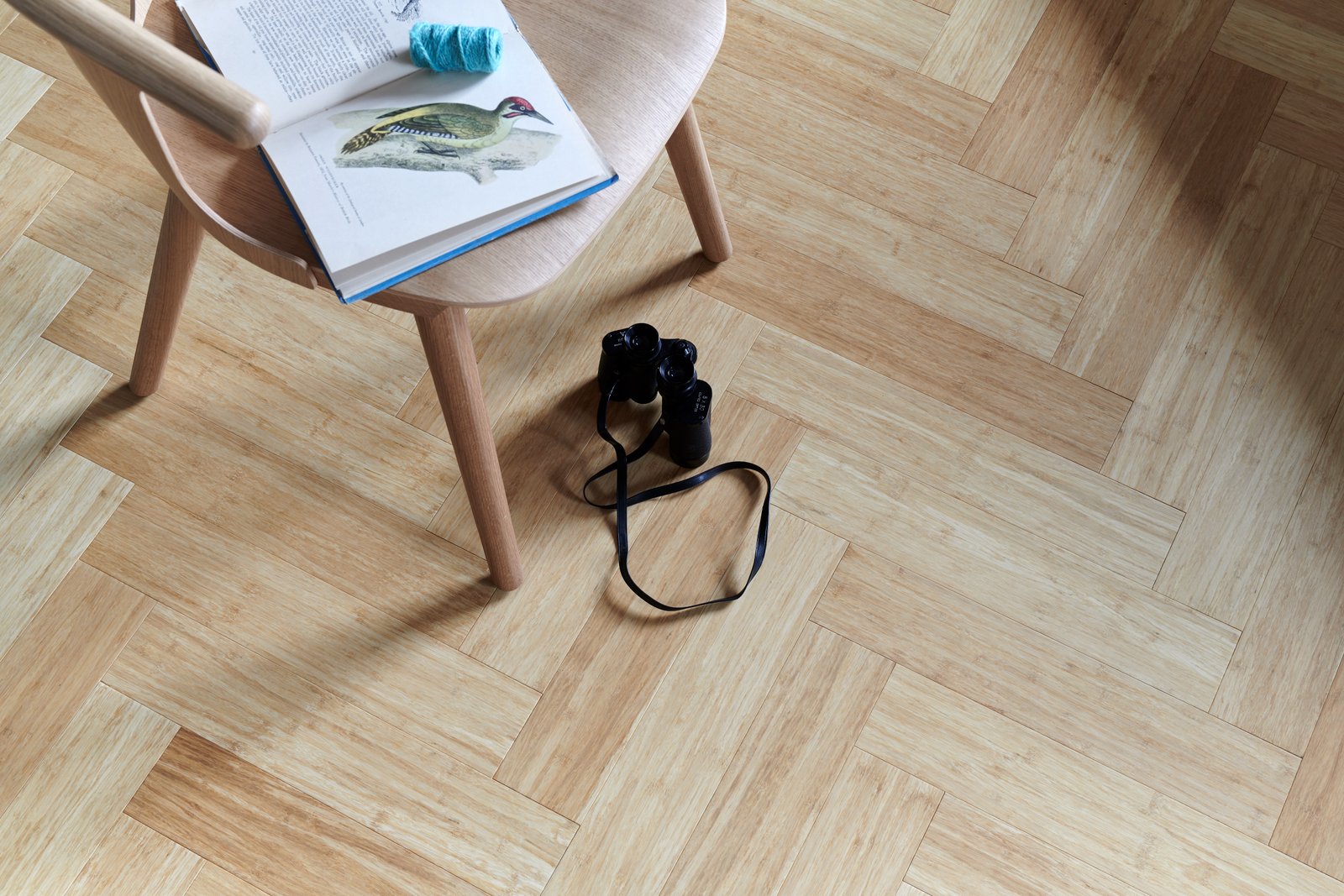
| Contract-quality carpet | £30–45/m² |
| 100% wool carpet | £45–60/m² |
| Laminate (wood effect) | £30–45/m² |
| Engineered oak flooring | £80–95/m² |
| Reclaimed pine floorboards | £60–75/m² |
| Natural stone flags | £80–100/m² |
| Ceramic tiles | £50–70/m² |
How much does built-in storage cost?
Built-in storage ideas are already allowed for within the costs at roughly £50/m², £80/m² and £100/m² for standard, good and excellent specifications.
How much does a heating system cost?
A standard heating solution is a radiator system with a gas boiler and basic controls. A standard central heating system will cost £72–£81/m² (£10,000-11,300) and this is the allowance in the average build costs.
Underfloor heating is more expensive than a radiator system, so allow an additional £40-50/m² (£5,600–£7,000). If you want renewables, add this in to your budget accordingly. An MVHR system will cost around £6,000-7,000 for houses under 150m² and £7,000-9000 for larger houses.
How much will the electrics cost?
Standard costs do not vary much from house to house other than by scale. If you decide to fit anything out of the ordinary (e.g. a whole-house structured cabling network), you will need to make an allowance for these upgrades.
| Standard | £80–100/m² |
| Good | £100–125/m² |
| Excellent | £125–150/m² |
| Low voltage down lights (7) | £500–900 |
| Structured cable network | £75–140 |
| Built-in hi-fi | £400–600 |
| Separately switched 2a lamp circuits | £250–350 |
| Security alarm system | £600–1,500+ |
What additional fees are there for building a home?
- Legal Fees: £1000-2,000 (conveyance on site and construction contract)
- Stamp Duty and Land Tax: Non Residential Rates
| Property or lease premium or transfer value | SDLT rate |
|---|---|
| Up to £250,000 | zero |
| The next £675,000 (the portion from £250,001 to £925,000) | 5% |
| The next £575,000 (the portion from £925,001 to £1.5 million) | 10% |
| The remaining amount (the portion above £1.5 million) | 12% |
- Topographical Site Survey: Typical cost £600-1,000
- Design Fees: Architects charge 7-15% of the total build cost for a service involving design and supervision. For planning drawings from other sources expect to pay from £3,500-6,000, plus a similar figure for Building Regulations drawings
- Structural Engineers’ Fees: £600-£1,000
- Planning Application Fees: £462 (per new dwelling) plus Planning Portal Fee
- Building Regulations Fees: £1,000-£3,500
- Warranty: Around 1% of construction contract value
- Self Build Insurance: Typically 1% of the projected build costs
- Utility Connections (including civils): Typically £15,000-£25,000 total
- Demolition Costs (replacement dwelling): Typically £10,000-£15,000
- External Works/Landscape: Around 15% of total build cost
- Preliminaries: such as setting up a site office, scaffolding, fencing, security and safety equipment and skips. Typically costs 10% of construction costs.
Can I reclaim VAT on a self build?
VAT can be a painful addition to bear in mind for any project that applies to both services and materials for your build. However, for the right new build of a ‘dwelling in its own right’, you’re able reclaim all of the VAT on a new build that you have paid out during the course of the build.
The DIY Housebuilders Scheme enables individuals to reclaim VAT from HMRC. To make a claim, individuals must provide valid planning permission, detailed plans, and evidence of completion, such as a completion certificate or habitation certificate.
Only one claim is permitted, and all required documentation and invoices must be submitted to HMRC within three months of receiving the completion certificate. Upon approval, the refund is typically processed within 30 working days.
What factors affect build cost?
The bigger the house, the more it will cost to build, but there can be some economies of scale that reduce the average cost/m² for larger houses, making a carefully-designed large house better value.
The savings are mainly in the cost of building the superstructure, especially the foundations, walls and roof. The cost/m² of gross floor area for external walling elements decreases as the wall/floor ratio decreases.
Other one-off unit costs for items such as service connections, staircase, kitchen and boiler are spread out further on a larger house. To maximise efficiency, the design needs to be kept simple and avoid unusually large spans for floor joists/beams, rafters etc.
Top Tip
If you want to get the maximum development return on a site, it often pays to build as many storeys as possible.
The specification and cost for a set footprint and roof layout will not vary whether the design is single storey, two storey, or three storey, yet the overall area of the design will increase dramatically — spreading out the cost.
Multiple storeys also make better use of land, which is the most expensive element of all.
The cost of constructing a basement largely depends on the digging out and removing of spoil. This cost – and the cost of waterproofing the structure – is mitigated to some extent by the fact that fewer windows are usually used than for above-ground storeys, and there is no external wall cladding (e.g. brick or stone).
As ever, the quality of fixtures and fittings will be a major factor in the final cost. For the purposes of producing a budget figure for your basement, measure the gross internal floor area and use the same costs/m² as for above-ground space.
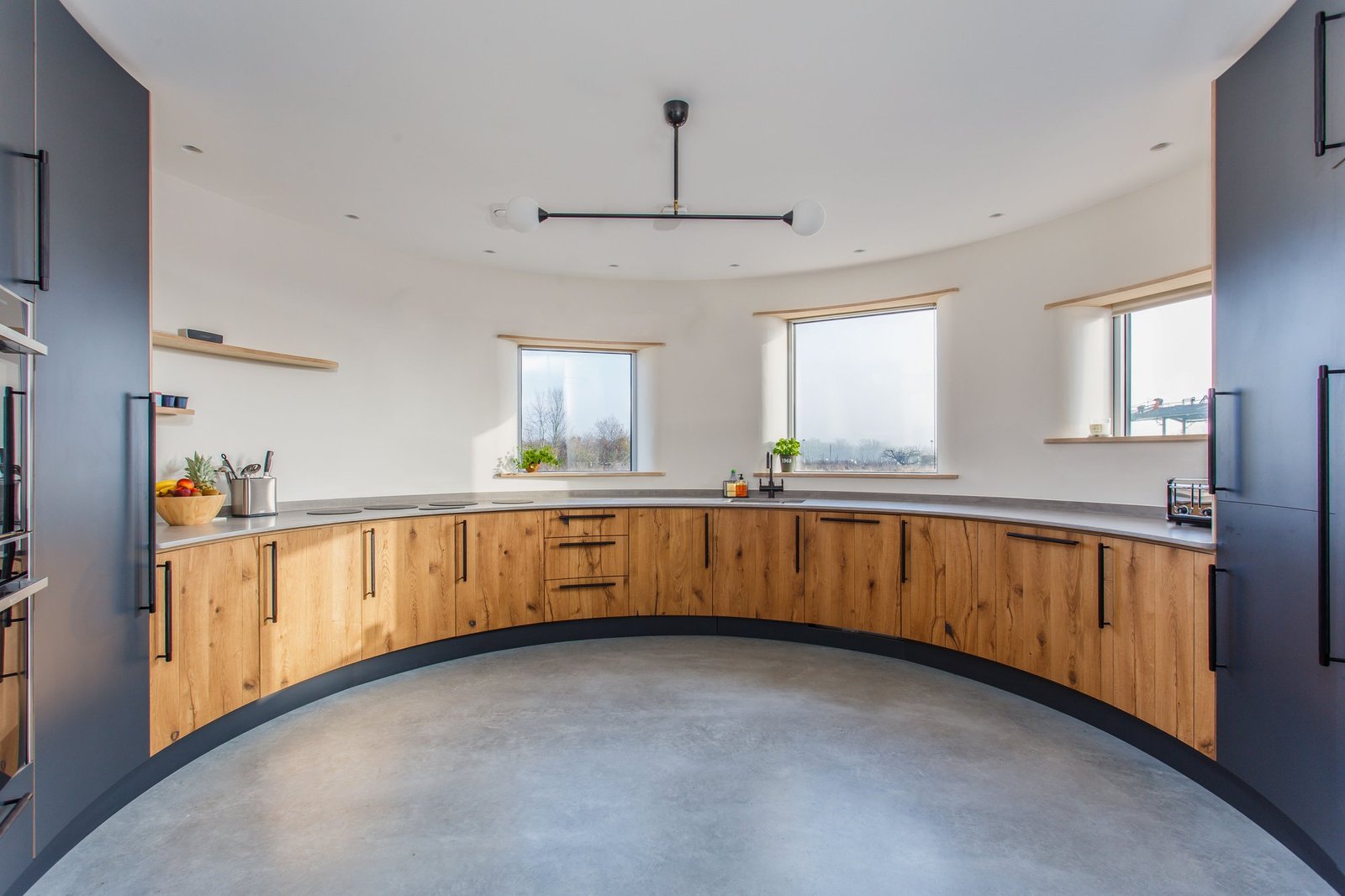
How much does a project manager add to the cost of building a house?
In order to get a building site to run smoothly, someone has to manage the processes, but what’s the right self build project management route for you? They have to ensure that the right people are hired in the right order and that the correct materials are on site as and when needed, as well as checking that the work is carried out properly and that the site is left clean and safe everyday.
The average build costs are based on the cost of using a main contractor to manage the whole build.
They will:
- co-ordinate the trades, materials, plant, tools and scaffold
- liaise with the architectural designer
- co-ordinate the statutory inspections for Building Regulations and warranty
- take legal responsibility for the site.
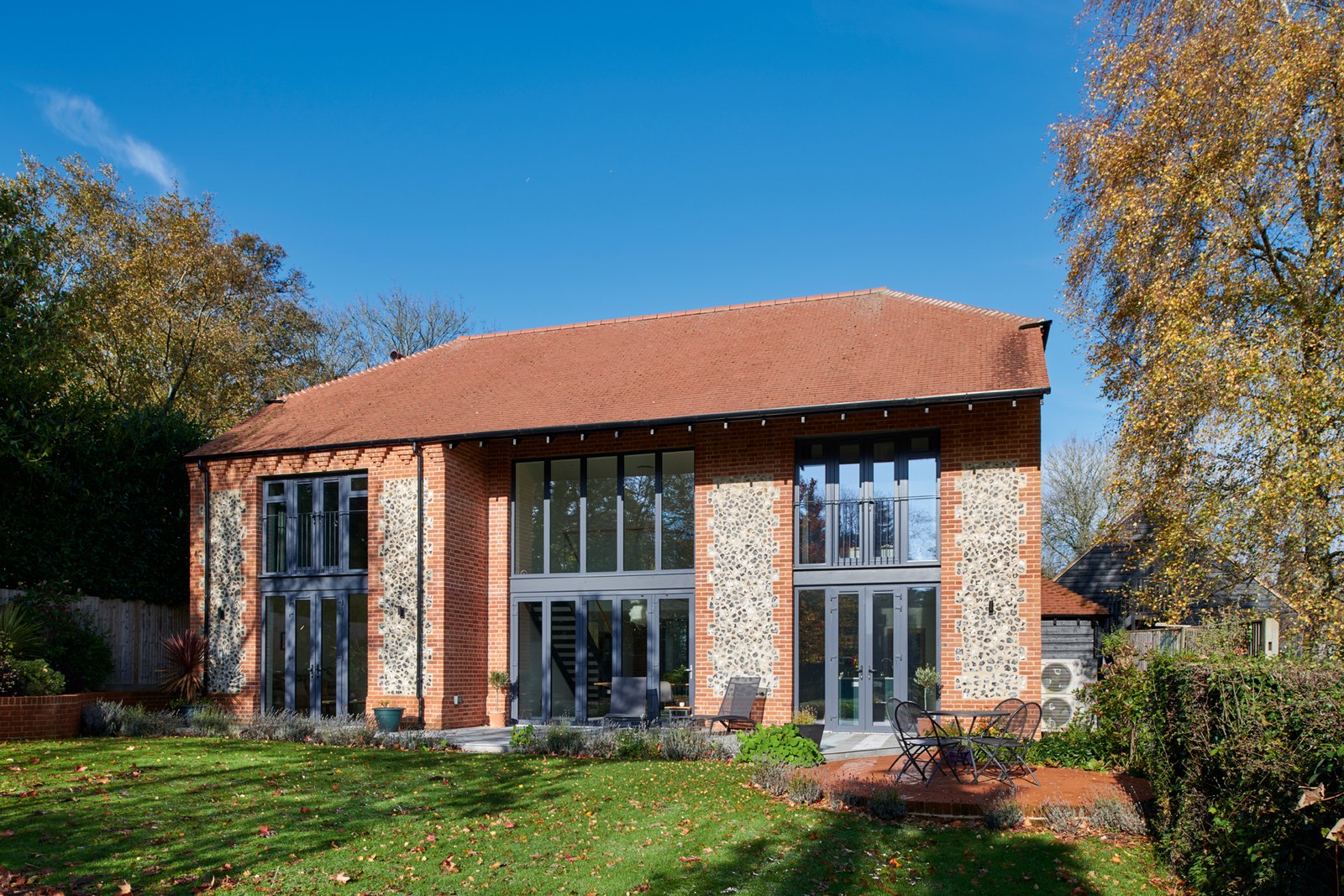
If you take on this role by hiring subcontract labour directly, providing materials and facilities as required, you can reduce the build cost by 10-15% depending on how efficiently you manage the project.
Approximately 35% of the total cost of building a house is labour, so if you decide to substitute some or all of the labour costs with your own DIY labour, you can reduce the average build cost substantially.
You can undertake almost every aspect of the building work if you have the time and skill to complete it competently, except for connecting gas appliances.
Trades more easily undertaken by the DIY self builder include:
- carpentry
- fitting insulation
- roof tiling
- general labouring
- assisting plumbers and electricians on second fix
- decorating
- floor laying
- tiling
- landscaping.
Typical savings for a DIY self builder doing roughly 25-30% of all the work amount to 20-25% of the total cost compared to using a contractor.
So how much does it cost to build a house for each of these routes? You can use these figures as a starting point for your build — this excludes VAT which, as we’ve already mentioned, you maybe able to claim under the self build VAT exemption.
- DIY: £650-1,050/m2
- Self-managed: £1,050-£1,450/m2
- Main contractor: £1,250-£1,750/m2
- Design and build: £1,450-£2,250/m2
On larger projects, a professional is usually retained to put the project out to tender, appoint the contractor and administer the contract through to completion.
The fee for this is typically 3-5% of the total contract value (construction cost). If you take on this role yourself you can save this fee (which isn’t included in our base figures).

